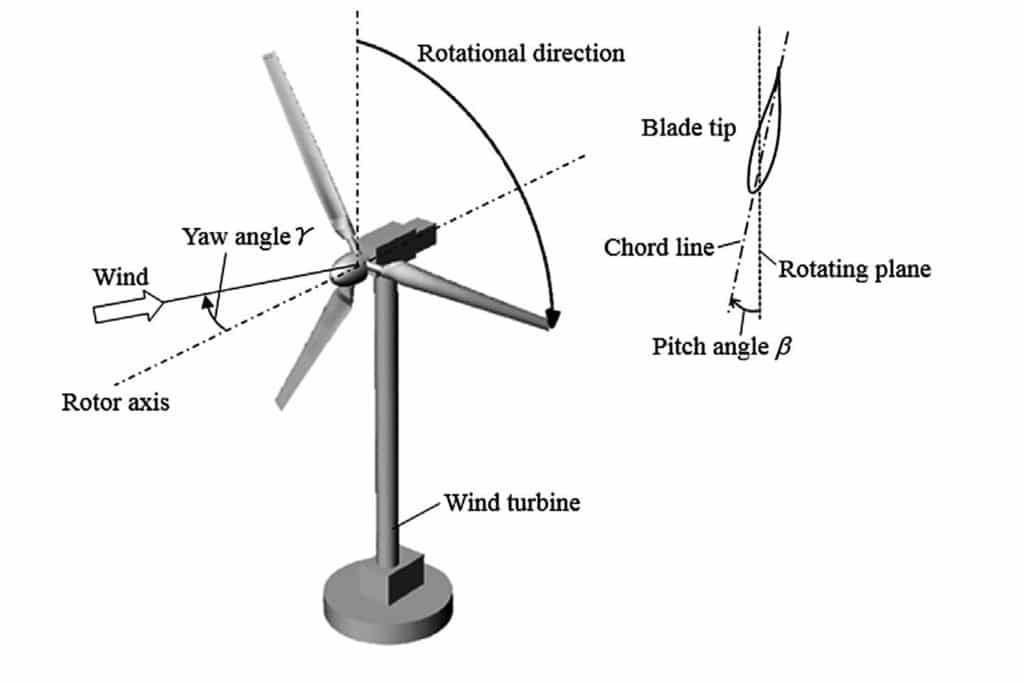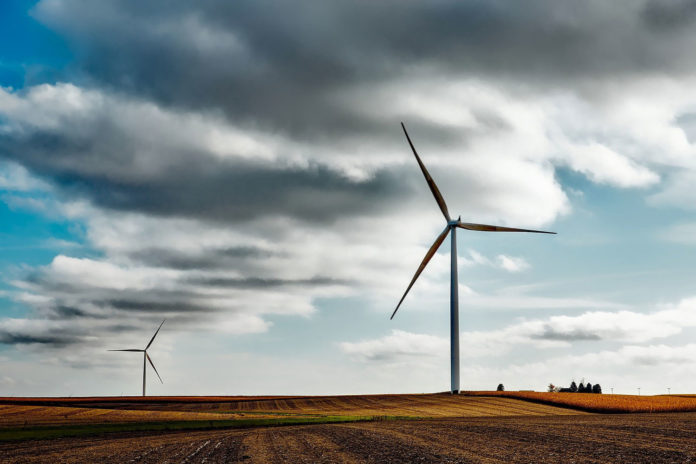The analysis of wind turbines has traditionally focused on either single wind turbines with varying wind dynamics or large wind farms with simple wind dynamics. As wind passes through the turbine, it creates a wake that shows down the downstream average wind speed. The faster the spin of the turbine blade relative to the wind speed, the greater the impact on the downstream wake profile.
For wind farms, it is important to control upstream turbines in an efficient manner, so downstream turbines are not adversely affected by upstream wake effects. Researchers from the University of Illinois have designed controllers that view the wind farm system as a coupled network, allowing them to extract power more efficiently.
“If you think of a wind farm as a group of turbines each vying for the incoming wind, if every turbine is greedy and tries to maximize its own power, the system as a whole is suboptimal,” said author Lucas Buccafusca. “Our work seeks to design controls for turbines to work collectively, thereby improving performance.”

For their research, the team applied a model predictive control (MPC) framework that analyzed shifting wind speeds and applied wake steering techniques to demonstrate there can be a potential benefit to incorporating these methods into future wind turbine control algorithms. These techniques are the key to improving the overall performance of wind farms, as they aim to mitigate the effects of turbulence and power spikes caused by wind passing through upstream turbines.
Using simulations, the researchers found having control algorithms that consider downstream effects of turbines results in a noticeable increase in performance. The method for assigning turbine controls used axial induction factors and where misalignment controls were indicated by wake steering simulations to verify results.
“When observing the power extractions, it is surprising just how much the gains can be for even small wind turbine arrays simply by implementing wake steering techniques,” said Buccafusca.
Now the researchers plan to explore applying similar methods to a distributed wind turbine energy problem, where each turbine has a local battery based on excess energy provided. The battery can return that energy when supply is low, such as when the wind velocity is too low to meet the grid operator’s demand.
Other inventions in wind turbines include GE’s floating wind turbines, Vortex Bladeless wind turbines that generate electricity from the vibration. Besides, the startup Alpha 311 aims to harvest the energy from passing traffic on highways.
